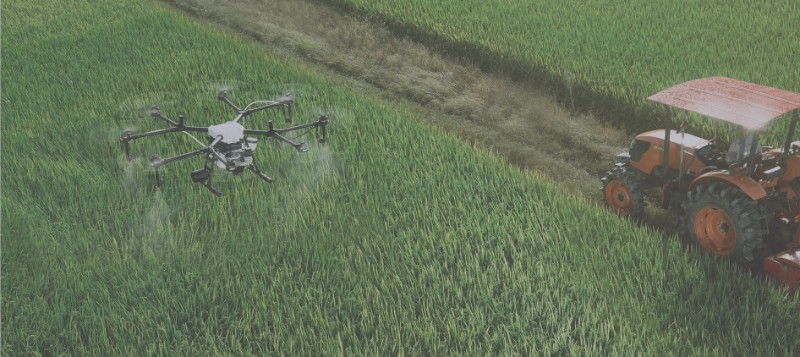Stable production and bumper harvest! This year's summer grain output reached 299.48 billion jin

On July 10, the National Bureau of Statistics announced the summer grain output data for 2025: the total summer grain output in the country was 149.738 million tons (299.48 billion jin), a decrease of 153,000 tons (310 million jin) from 2024, a decrease of 0.1%. Among them, wheat production was 138.16 million tons (276.32 billion jin), a decrease of 167,000 tons (330 million jin) from 2024, a decrease of 0.1%.
Wei Fenghua, deputy director of the Rural Department of the National Bureau of Statistics, interpreted the summer grain production situation and said that in 2025, the national summer grain planting area was basically stable, the yield per unit area remained the same, and a stable yield and bumper harvest was achieved.
The main reasons why the summer grain yield per unit area can remain the same under the influence of drought:
First, multiple measures were taken to fight drought and protect grain. This year, severe droughts occurred in major grain-producing areas such as Henan and Shaanxi, which had an adverse impact on summer grain production. Drought-affected areas actively diverted water and made every effort to fight drought and irrigate wheat. Most farmlands were effectively irrigated, which effectively reduced the impact of drought. In particular, the construction of high-standard farmland in recent years has played an important role in drought resistance and disaster reduction.
Second, other disasters occurred less severely. During the summer grain production period this year, except for drought, other disasters were significantly less severe. From wheat sowing to the greening period, the meteorological conditions in the main producing areas were suitable, the wheat seedlings were of high quality, the population was sufficient, and the growth foundation was good. During the critical period of grain filling, rainfall was common in drought-affected areas such as Henan and Shaanxi, and the drought was alleviated and the soil moisture conditions improved, which was conducive to increasing the grain weight of wheat. During the mature harvest period, the weather in the main producing areas was mainly sunny, and there were no large-scale "dry hot winds", "rotten rains", lodging and other disasters, which was conducive to the formation of wheat yield. In addition, all localities strengthened unified prevention and control, and pests and diseases occurred significantly less severely, which was conducive to improving wheat yield and quality.
The third is to further promote the action of increasing yields in large areas. All localities have vigorously promoted the deep integration of good fields, good seeds, good machines and good methods, implemented key measures such as wide-width precision sowing of wheat, suppression before and after sowing, integrated water and fertilizer, and "one spray and three preventions", and focused on improving the yield level. In addition, the area of low-yield crops such as spring wheat, potatoes, and beans harvested in summer this year has been reduced, and the area of high-yield winter wheat has increased slightly. Structural adjustment is also conducive to stabilizing summer grain yields.
In addition, according to data from the Ministry of Agriculture and Rural Affairs, this year's large-scale wheat harvesting in the "three summers" has been fully launched since May 26 and basically ended on June 18. During this period, more than 800,000 combine harvesters were invested nationwide, of which more than 200,000 were used in cross-regional operations. Domestic 9-10 kg/second large-feed combine harvesters have become the main cross-regional models; the average daily harvesting area of a single machine reached 80 mu, and the efficiency was more than 30% higher than five years ago. In addition, the loss rate of summer grain harvesting has been further reduced this year. All localities have focused on both the progress and quality of mechanized harvesting, tapped the potential for mechanized harvesting loss reduction, organized extensive skills training, and conducted serious monitoring and investigations. The actual measured loss rate at mechanized harvesting loss reduction competitions in Shanxi, Shandong, Hebei and other places has dropped to around 0.7%. It is expected that the national average mechanized harvesting loss rate of wheat this year will continue to be controlled at a good level of less than 1%, providing strong guarantees for a bumper summer grain harvest and stable grain production and supply throughout the year.








